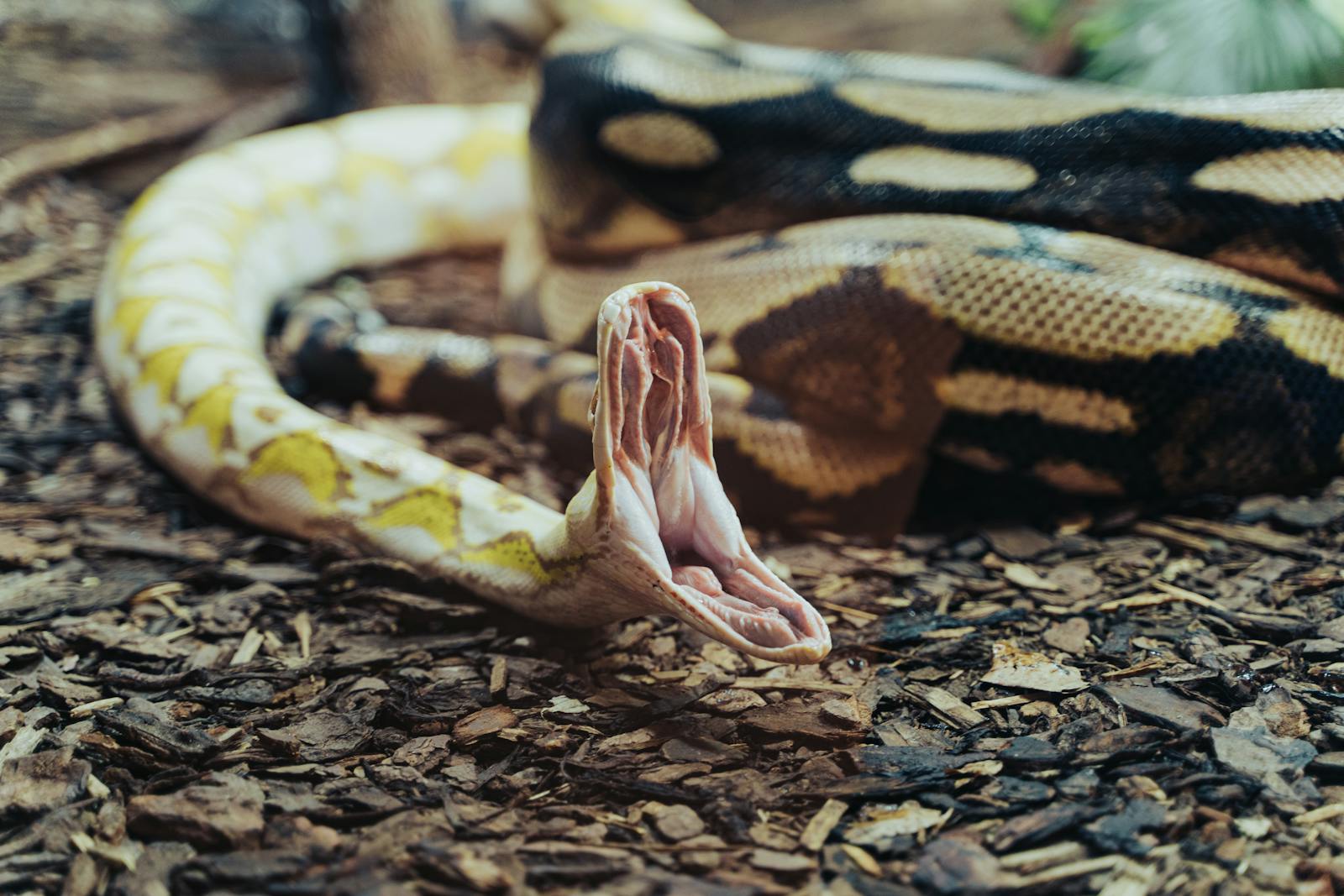Snakes are fascinating creatures that make unique pets, but their inability to vocalize stress means owners must be vigilant about monitoring behavioral and physical signs of discomfort. Your snake’s enclosure serves as its entire world—a space where it eats, sleeps, thermoregulates, and explores. When this environment doesn’t meet its needs, stress inevitably follows, potentially leading to serious health complications. Understanding the subtle ways your snake communicates distress about its living conditions is crucial for responsible ownership. This article will help you identify signs of stress related specifically to tank setup issues and guide you toward creating an optimal habitat for your scaly companion.
Recognizing Unusual Movement Patterns
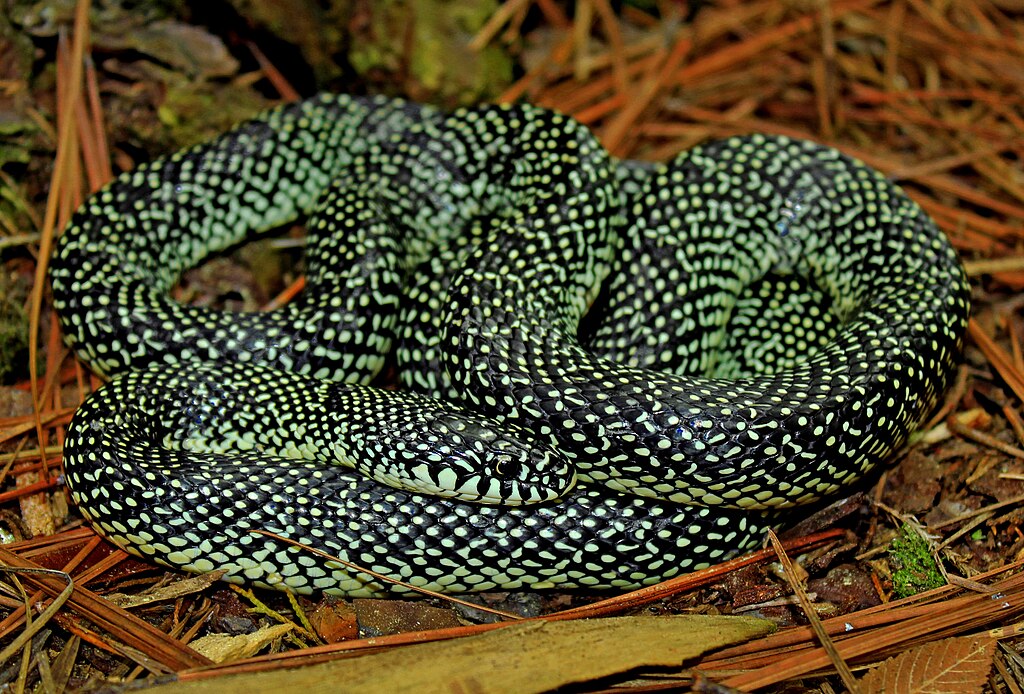
Snakes typically move with purpose and deliberation, so any deviation from normal movement patterns can signal stress related to their enclosure. Glass surfing—when your snake repeatedly slides against the glass walls as if trying to escape—is one of the most common indicators of an unsuitable habitat. Excessive restlessness, particularly during times when your snake would normally be inactive, suggests it’s searching for something missing from its environment. Some stressed snakes may also display frantic, jerky movements rather than their typical smooth gliding motion. In contrast, a completely motionless snake that remains in one spot for extended periods (outside of normal resting behavior) might be experiencing stress-induced lethargy or attempting to avoid uncomfortable areas within the tank.
Abnormal Hiding Behaviors

While snakes naturally spend significant time in hiding spots, the manner and duration of hiding can reveal stress related to tank setup. A snake that never emerges from its hide, even during typical active periods, may feel exposed or threatened in its environment. Conversely, a snake that refuses to use provided hides might find them unsuitable—perhaps too small, too large, or positioned in areas that feel unsafe. Some stressed snakes may create improvised hiding places using substrate or decorations if proper hides aren’t available. Pay particular attention if your snake suddenly changes its hiding habits, as this often indicates a recent change in the environment has created discomfort.
Changes in Feeding Response
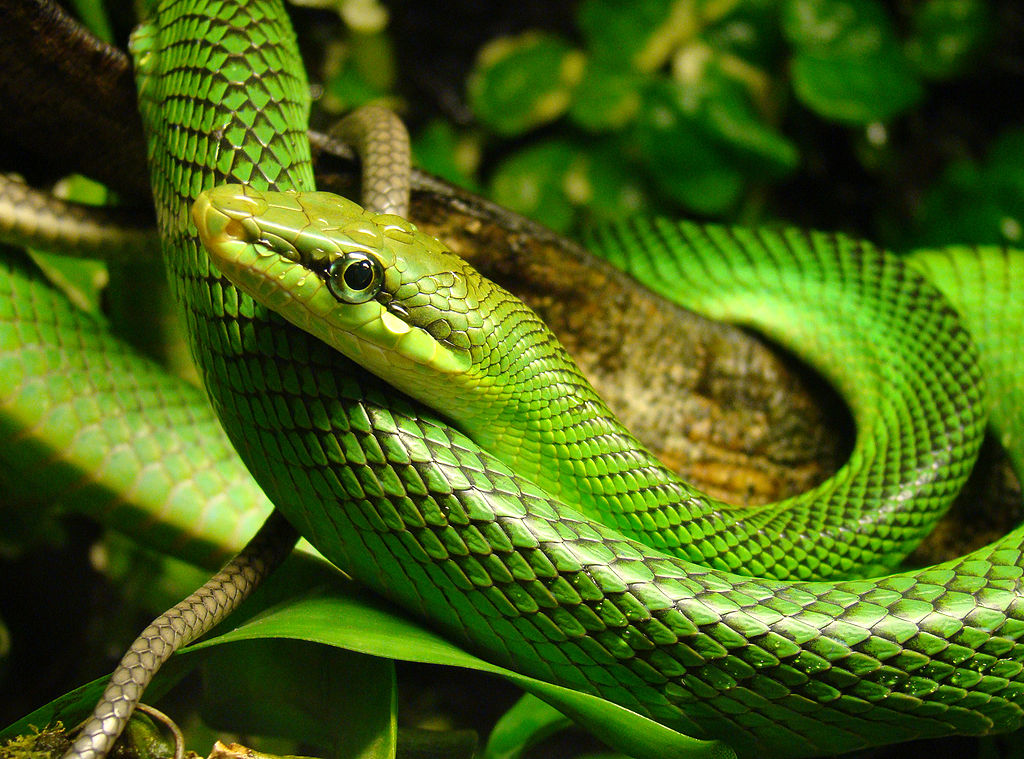
A stressed snake’s appetite often diminishes noticeably when its habitat causes discomfort. Refusing food entirely, showing initial interest but then rejecting prey, or eating less frequently than normal are common responses to environmental stress. Some snakes may take food but later regurgitate it if the tank conditions prevent proper digestion—particularly if the temperature gradient is incorrect. Watch for changes in hunting behavior in species that typically strike eagerly; hesitation or disinterest suggests the snake doesn’t feel secure enough in its environment to focus on feeding. Remember that while occasional food refusal can happen for various reasons, consistent feeding problems often point to habitat issues that need addressing.
Defensive Posturing and Striking
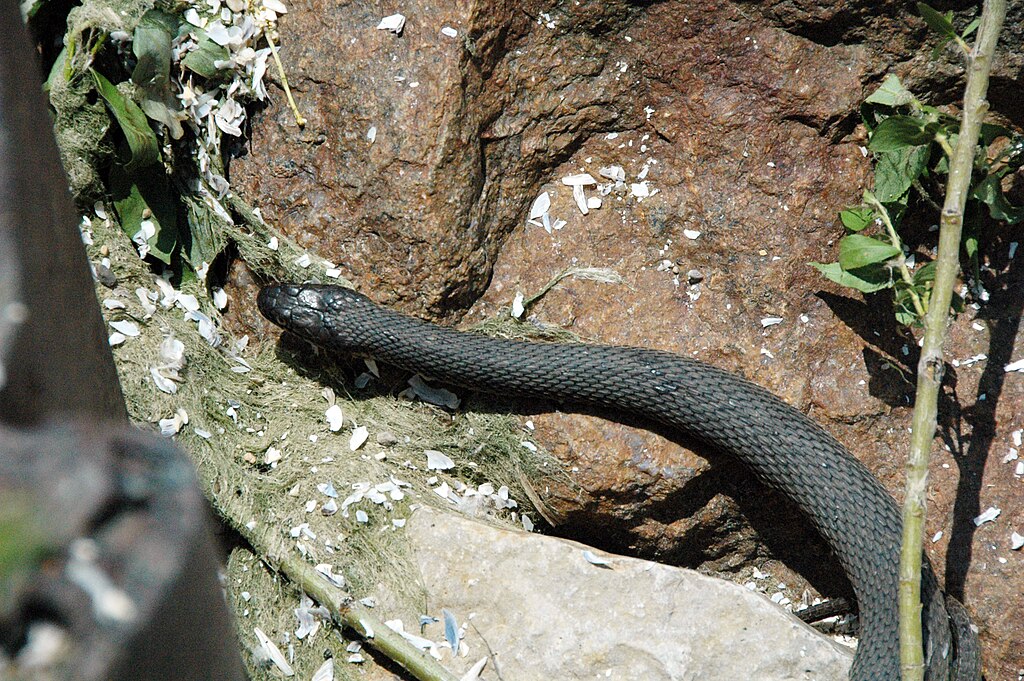
A snake that feels vulnerable due to inadequate tank setup will often display defensive behaviors even without direct provocation. Frequent hissing, maintaining a strike-ready S-shaped posture, or flattening the head and neck are signs your snake feels threatened within its own home. Some species may rattle their tails (even non-rattlesnakes) when stressed by their environment. Striking at movement outside the enclosure or reacting defensively to routine maintenance suggests your snake lacks adequate security in its habitat. These behaviors indicate your snake perceives its environment as dangerous rather than as a safe retreat, signaling serious problems with the enclosure design.
Abnormal Body Positioning
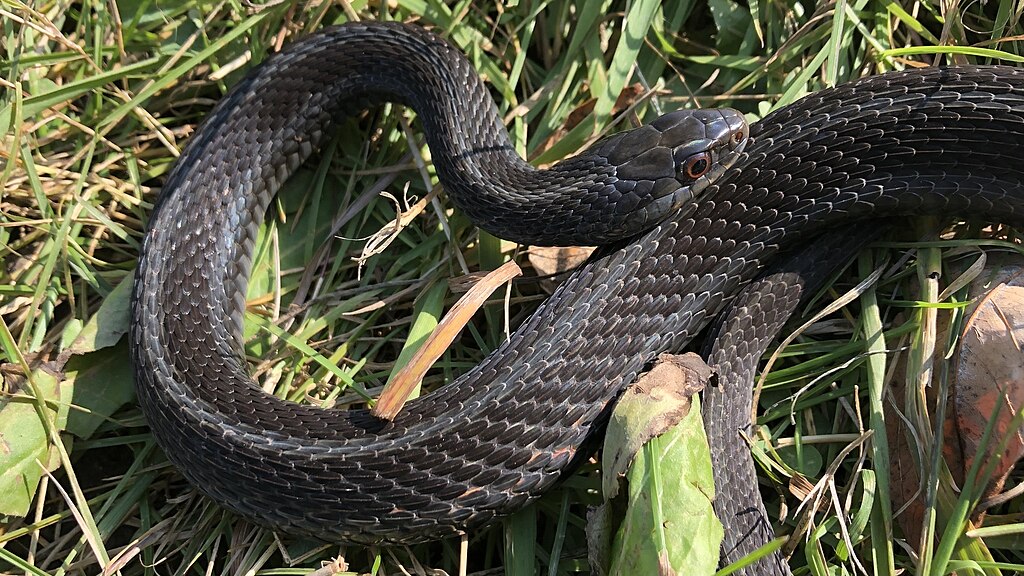
The way your snake positions its body can reveal discomfort with tank conditions. A snake that consistently presses its body against a particular area of the enclosure may be seeking a temperature or humidity level that’s missing elsewhere in the tank. Star-gazing (holding the head and neck in an unnatural upward position) can indicate neurological issues, sometimes triggered by extreme environmental stress. Some snakes may pile their bodies in corners or remain tightly coiled when stressed, minimizing their exposure to uncomfortable conditions. Snakes unable to fully stretch out occasionally may develop unnatural kinks or bends in their posture over time, signaling the enclosure is too small for their needs.
Respiratory Symptoms and Mouth Breathing

When tank conditions create respiratory stress, snakes often exhibit visible breathing difficulties. Open-mouth breathing (outside of normal thermoregulation behaviors) signals your snake is struggling with air quality or humidity levels in the enclosure. Wheezing, bubbling around the nostrils and mouth, or making audible sounds while breathing indicate respiratory infection, often triggered by improper humidity levels. Some snakes may position themselves differently to breathe more comfortably when experiencing respiratory distress from poor tank conditions. If you notice your snake extending its neck upward while breathing or frequenting the highest points in the enclosure, it may be trying to access fresher air, suggesting ventilation problems.
Scale and Skin Condition Changes

Your snake’s scales provide valuable insights into habitat-related stress. Excessive dullness (beyond pre-shedding phases) or scales that appear dry and brittle often indicate humidity levels are too low. Conversely, blisters, raised scales, or areas that appear consistently wet can signal excessive humidity or dirty conditions. Incomplete sheds or sheds that come off in small patches rather than one continuous piece frequently result from improper humidity during the shedding process. Watch particularly for retained eye caps or tail tips not shedding properly, as these can lead to serious complications if habitat issues aren’t addressed promptly.
Temperature-Seeking Behaviors
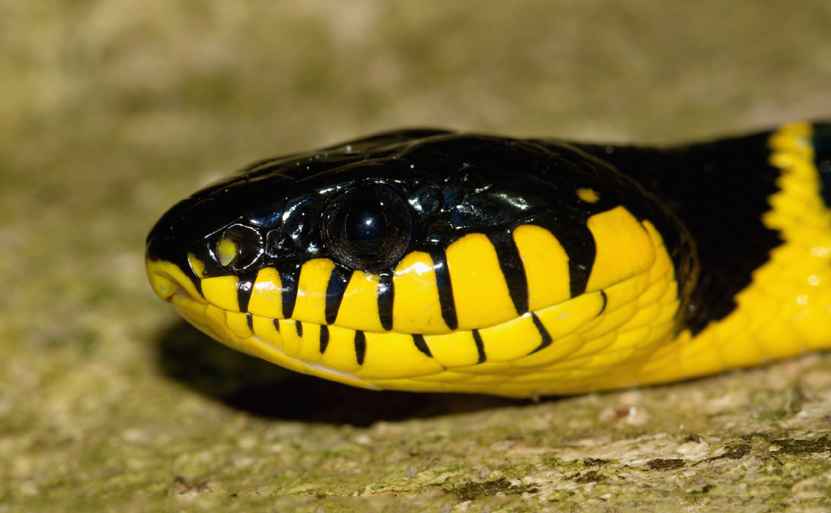
Snakes rely entirely on their environment for temperature regulation, making proper thermal gradients essential for their wellbeing. A snake that consistently presses against heating elements may be struggling to achieve its preferred body temperature because the warm side isn’t warm enough. Alternatively, a snake that avoids heated areas entirely might indicate that heating elements are too hot or creating dangerous hot spots. Some stressed snakes may shuttle rapidly between warm and cool areas, unable to find a comfortable middle ground in a poorly designed temperature gradient. Pay attention to seasonal changes in behavior too—what worked in summer months may create stress during colder periods when heating requirements change.
Substrate Interaction Problems
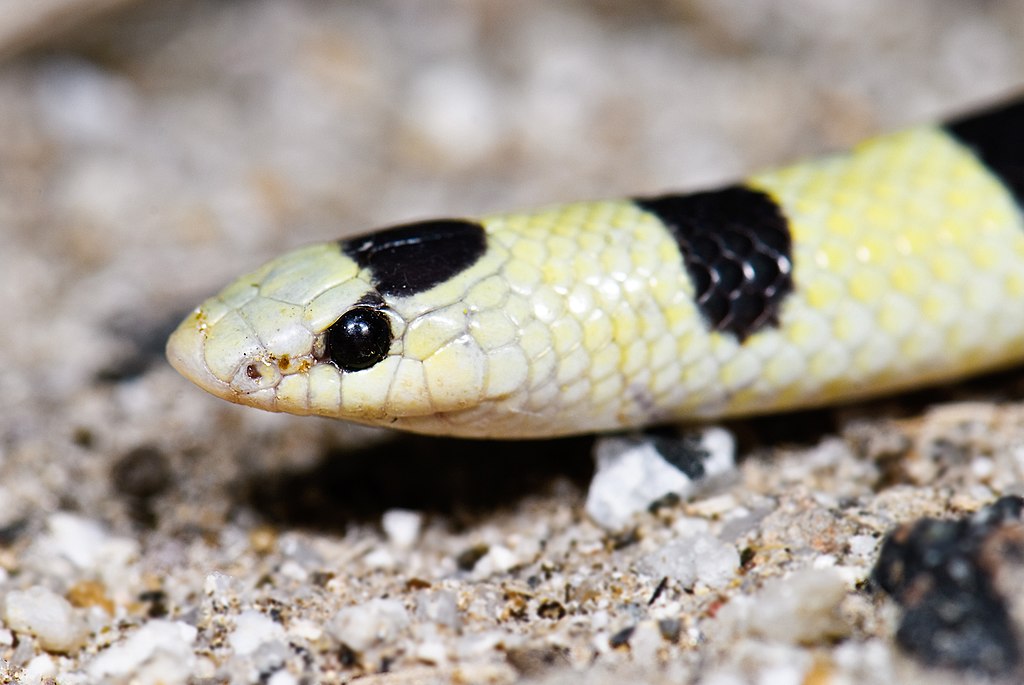
The way your snake interacts with its substrate can reveal significant discomfort with this aspect of tank setup. Snakes that constantly burrow or attempt to burrow in species that don’t typically display this behavior may be seeking security that the habitat otherwise fails to provide. Some snakes may refuse to make contact with the substrate, instead climbing on decorations or perching on hides, suggesting the substrate causes physical discomfort. Watch for excessive rubbing against objects, which may indicate irritation from inappropriate substrate particles. Snakes that appear sluggish after substrate changes or that develop small cuts or abrasions likely have substrate that’s too abrasive or otherwise unsuitable for their species.
Weight Loss and Body Condition Decline
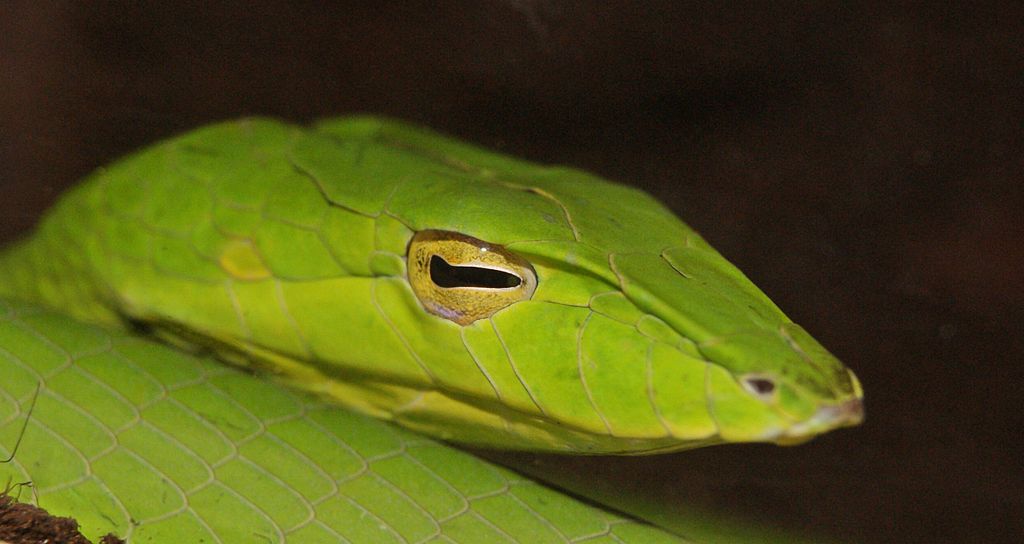
Chronic stress from poor tank conditions inevitably affects your snake’s physical condition over time. Visible spine ridges, prominent hip bones, or an overall triangular shape (when viewed in cross-section) rather than a rounded profile indicates concerning weight loss. Some stressed snakes develop a wrinkled appearance as they lose muscle tone and healthy fat reserves. Watch for the “foundering” effect—where the body appears to sink between the scales rather than appearing firm and smooth. Regular weighing is vital, as gradual weight loss might not be immediately visible to the eye but offers concrete evidence that tank stressors are affecting your snake’s overall health.
Unusual Waste Production Patterns
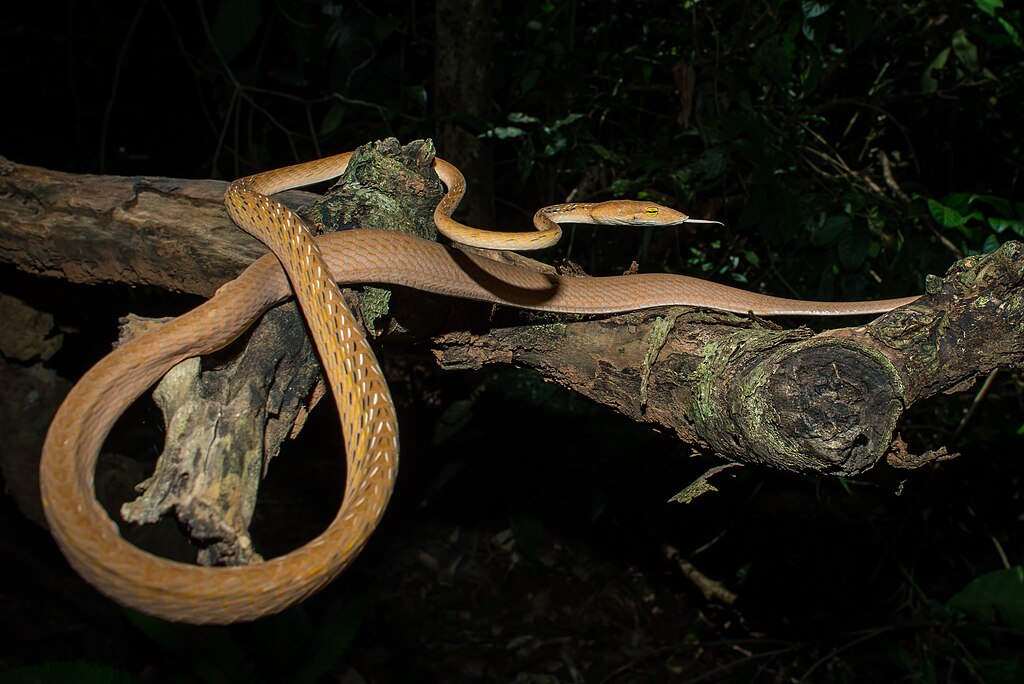
Changes in elimination habits often correlate with enclosure-related stress in snakes. Decreased frequency or volume of waste can indicate reduced food intake due to environmental stress. Abnormally watery or malodorous droppings may signal digestive disturbances caused by improper temperatures preventing normal digestion. Some stressed snakes may eliminate in unusual locations, such as in water dishes or hiding spots, rather than in their normal elimination areas. Pay particular attention to undigested food particles in waste, which often indicates the temperature gradient is insufficient for proper digestion, creating significant physiological stress.
Social Stress in Multi-Snake Enclosures
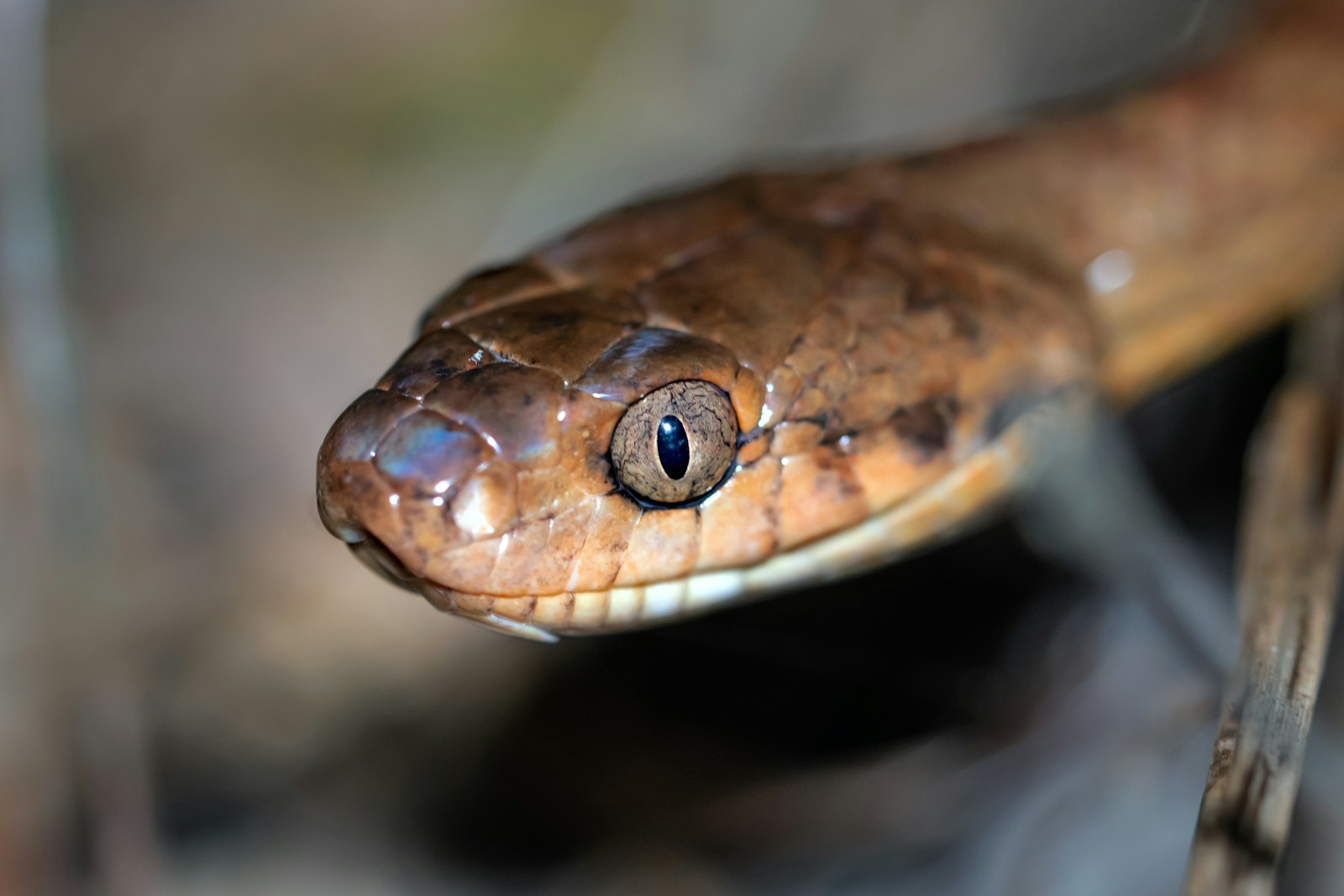
Housing multiple snakes together often creates severe stress, even when the enclosure seems adequately sized. Dominant snakes may constantly displace subordinates from preferred hiding spots, basking areas, or water sources, leading to chronic stress for the less dominant animals. Competition for resources may manifest as weight loss in some individuals despite others thriving in the same environment. Some stressed snakes may display unnatural behaviors like stacking on top of each other, not from social bonding but from competition for limited optimal habitat areas. Even species that tolerate cohabitation may show stress symptoms when the enclosure doesn’t provide multiple identical resources (hides, water dishes, basking spots) to reduce competition.
Addressing Tank Setup Problems
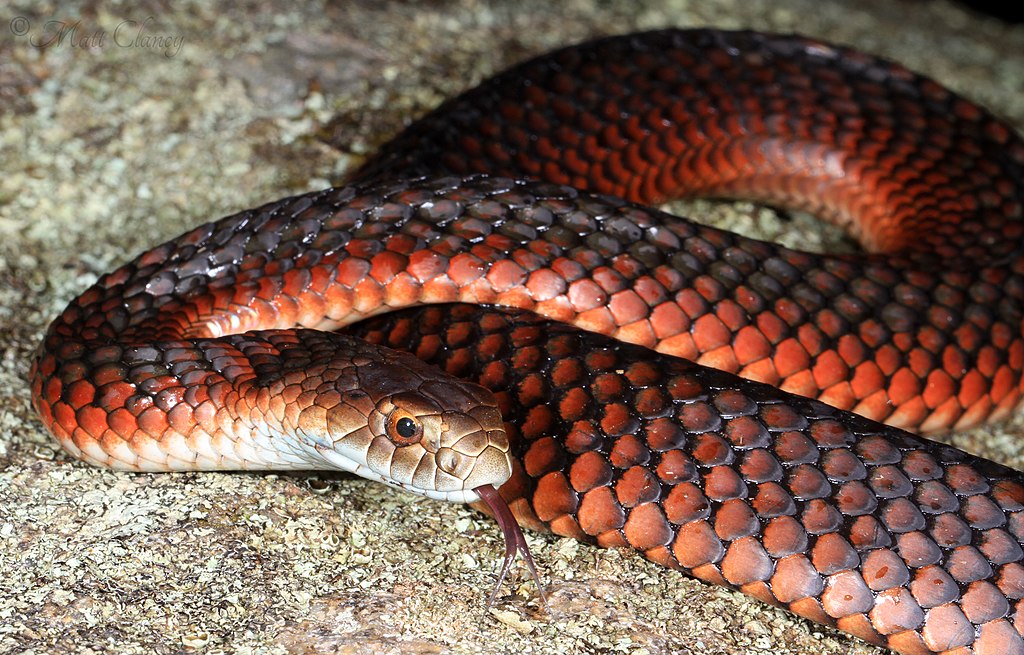
When you identify stress behaviors related to your snake’s habitat, prompt adjustments are essential for your pet’s wellbeing. Begin by ensuring the enclosure provides appropriate dimensions—many species need significantly more space than commonly recommended, with length allowing full-body stretching and height accommodating climbing species. Correct temperature gradients are crucial; use multiple thermometers to verify both warm and cool side temperatures meet species-specific requirements without dangerous fluctuations. Humidity levels should be monitored with digital hygrometers, with adjustments made using substrate choices, misting routines, or humidity boxes for species with specialized needs. Remember that appropriate enhancements—multiple secure hides, climbing branches, visual barriers, and proper lighting cycles—are not optional luxuries but necessary components for psychological wellbeing in captive snakes.
Conclusion

Creating an appropriate habitat for your snake involves more than just meeting basic requirements—it requires careful attention to the subtle ways your pet communicates distress. By learning to recognize these stress indicators early, you can make timely adjustments to prevent more serious health complications. Remember that each snake species has evolved specific adaptations to particular environments, and our goal as responsible keepers should be to replicate these conditions as closely as possible within captivity. When your snake displays relaxed body posture, explores confidently, maintains healthy feeding responses, and shows proper growth patterns, you can feel confident that your habitat design is supporting rather than hindering your pet’s wellbeing.

